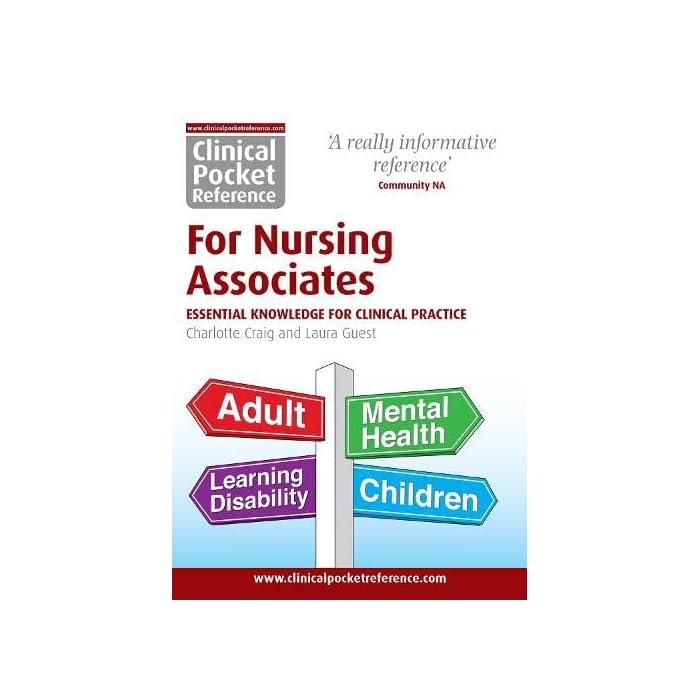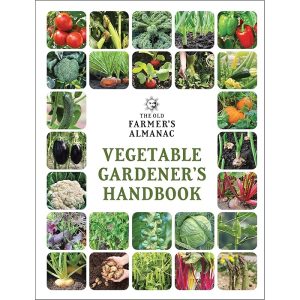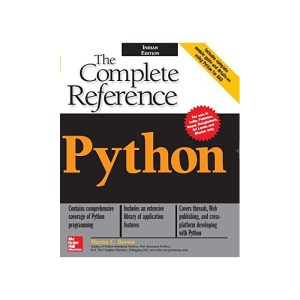Description
A **Clinical Pocket Reference for Nursing Associates** is a compact, portable guide designed to support nursing associates in clinical settings by providing quick access to essential information. These references are invaluable for nursing associates, especially when they need to make informed decisions and apply evidence-based practices while on the go. Here’s a breakdown of some common contents you might find in such a resource:
### Key Areas Typically Covered:
1. **Clinical Assessment Tools**:
– **Basic Assessment Guidelines**: A quick reference for performing physical exams, including inspection, palpation, auscultation, and percussion.
– **Vital Signs**: Normal ranges for blood pressure, heart rate, respiratory rate, and temperature.
– **Pain Assessment**: Scales for assessing pain levels, such as the Visual Analog Scale (VAS) or Wong-Baker FACES Pain Rating Scale.
– **GCS (Glasgow Coma Scale)**: A concise overview to assess a patient’s level of consciousness.
2. **Pharmacology**:
– **Common Medications**: Lists of commonly prescribed medications, including dosages, side effects, and contraindications.
– **Drug Classifications**: Quick references for drug classes and their uses (e.g., antibiotics, analgesics, anti-hypertensives).
– **Administering Medications**: Guidelines for safe drug administration, including routes and proper techniques (e.g., IV, oral).
3. **Nursing Procedures**:
– **Wound Care**: Step-by-step instructions for dressing wounds, preventing infection, and managing chronic wounds (e.g., pressure ulcers).
– **Infection Control**: Key infection prevention and control practices, such as hand hygiene, PPE (personal protective equipment) use, and isolation protocols.
– **IV Therapy**: Protocols for starting, maintaining, and troubleshooting intravenous lines, including flushing and managing complications.
4. **Emergency Protocols**:
– **Basic Life Support (BLS)**: Clear guidelines for performing CPR, recognizing cardiac arrest, and using an AED.
– **First Aid**: Basic first aid for common injuries like cuts, burns, fractures, and sprains.
– **Severe Reactions**: Management of anaphylaxis, asthma attacks, and other acute allergic reactions.
5. **Patient Documentation**:
– **SOAP Notes**: Guidelines for writing subjective, objective, assessment, and plan notes.
– **Care Plans**: Quick references for common nursing diagnoses, goals, and interventions.
– **Confidentiality & Consent**: Best practices for handling patient information and obtaining informed consent.
6. **Communication**:
– **Handovers**: Standardized methods for handing over patient information during shift changes (e.g., SBAR: Situation, Background, Assessment, Recommendation).
– **Patient Education**: Approaches to explaining medical procedures, medication regimens, and health promotion strategies.
7. **Legal & Ethical Guidelines**:
– **Professional Boundaries**: Boundaries for nursing associates, patient rights, and maintaining professionalism.
– **Documentation & Liability**: Ensuring accurate and legible documentation to avoid legal issues.
– **Ethical Principles**: Quick summaries of ethical principles, including autonomy, beneficence, non-maleficence, and justice.
8. **Common Medical Conditions**:
– **Conditions and Symptoms**: Brief descriptions of conditions (e.g., diabetes, COPD, heart failure) with symptoms, management strategies, and emergency signs to watch for.
– **Treatment Protocols**: Typical treatments and medications for common conditions.
### Format and Design:
– **Compact and Portable**: Designed to fit in a pocket or small bag, allowing nursing associates to carry it during their shifts.
– **Easy-to-Navigate Layout**: Often organized alphabetically or by clinical area (e.g., medications, procedures, assessments).
– **Quick Reference Tables and Charts**: A large number of charts, diagrams, and tables for rapid lookup.
### Benefits for Nursing Associates:
– **Time Efficiency**: Nurses can quickly find vital information when they are pressed for time.
– **Improved Accuracy**: Reduces the risk of errors by providing evidence-based, peer-reviewed guidelines for practice.
– **Increased Confidence**: Boosts the confidence of nursing associates in their clinical decision-making and interventions.







Reviews
There are no reviews yet.